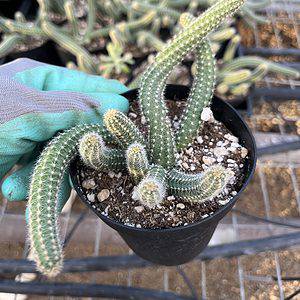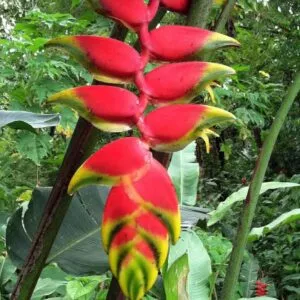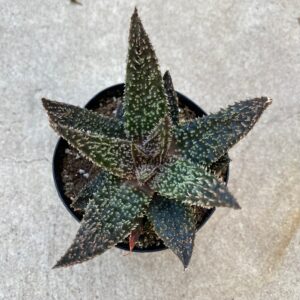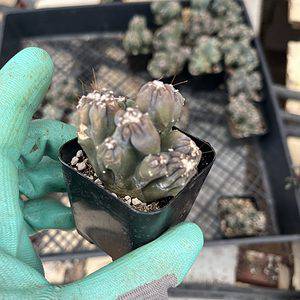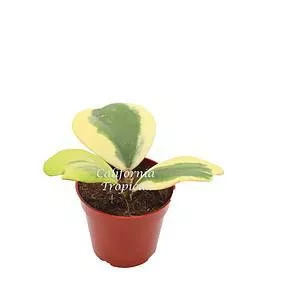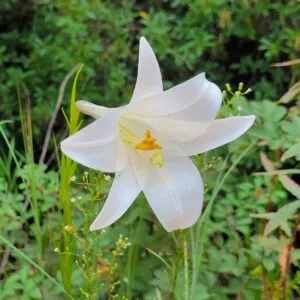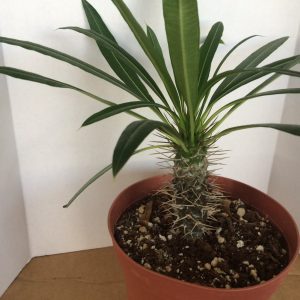No products in the cart.
Table of Contents
Our feline friends are very dear to us; they are our kids. But as much as we love our cats, we love our plants, right?
Maybe you have seen the loved Split Leaf Philodendron or another Philodendron plant you would love to add to your tropical collection.
But you are concerned that the typical house plants are toxic plants that your cat will chew on. But, of course, we all know how our small feline friends enjoy chewing on our plant leaves.
The short answer is that the Philodendron toxicity is very high. But this does not mean you cannot display a Fiddle Leaf Philodendron in your home.
With some precautions, symptoms, and treatments, it remains an exotic plant.
What is Philodendron?

Philodendron plants belong to the Araceae family, and you can find different varieties in the genus. Philodendrons are flowering plants native to Central and South America.
The plant displays heart-shaped leaves, giving it the name Heartleaf Philodendron. The foliage displays gorgeous outdoor plants and makes for a popular house plant.
You can also find more than 400 species split into two groups known as trailing and non-trailing plants. Some common houseplants are the following:
Heartleaf Philodendron (Philodendron hederaceum or Philodendron scadens), also known as the fruit salad plant,
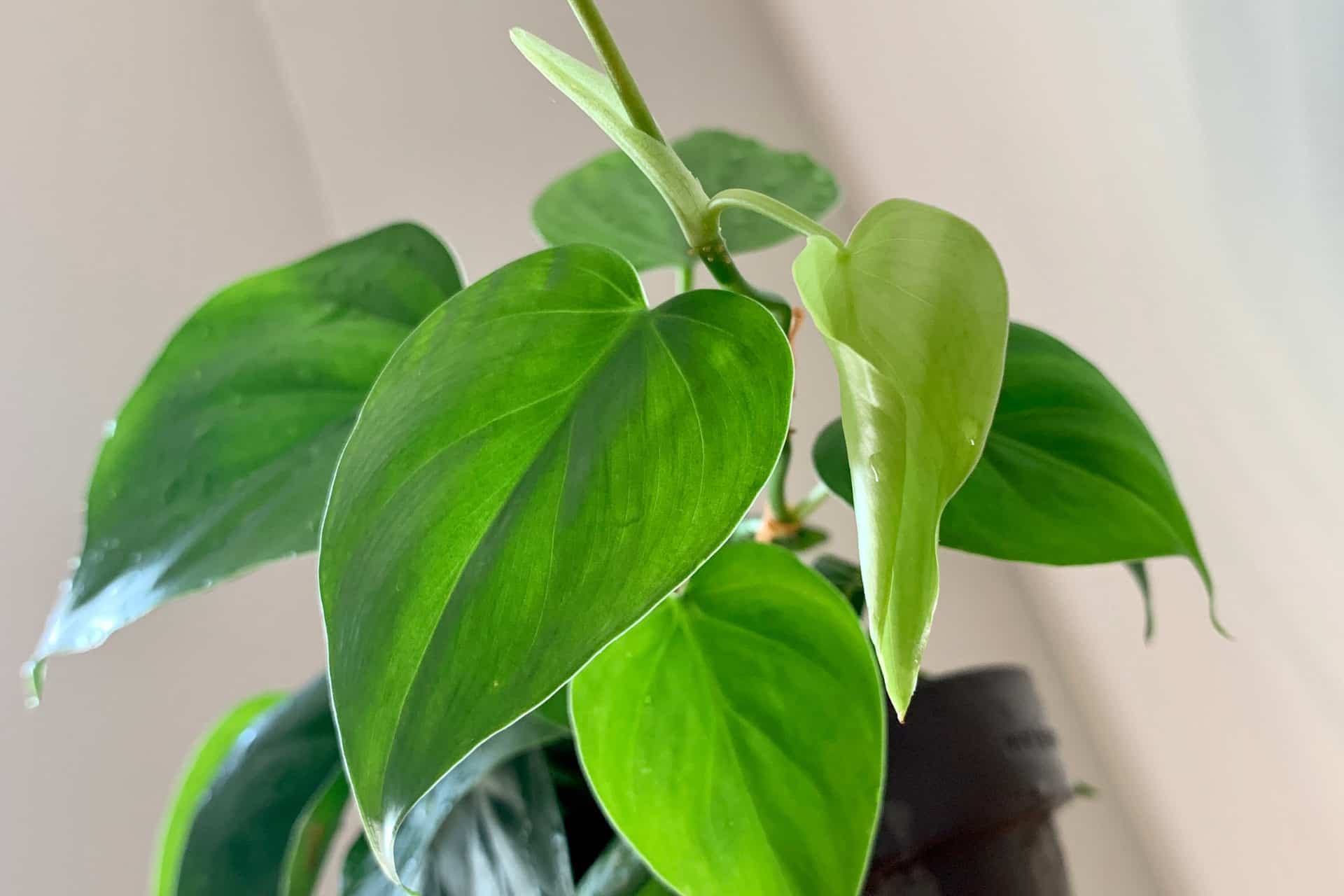
Horsehead Philodendron (Philodendron bipennifolium, also known as the Fiddle Leaf or Split Leaf Philodendron)
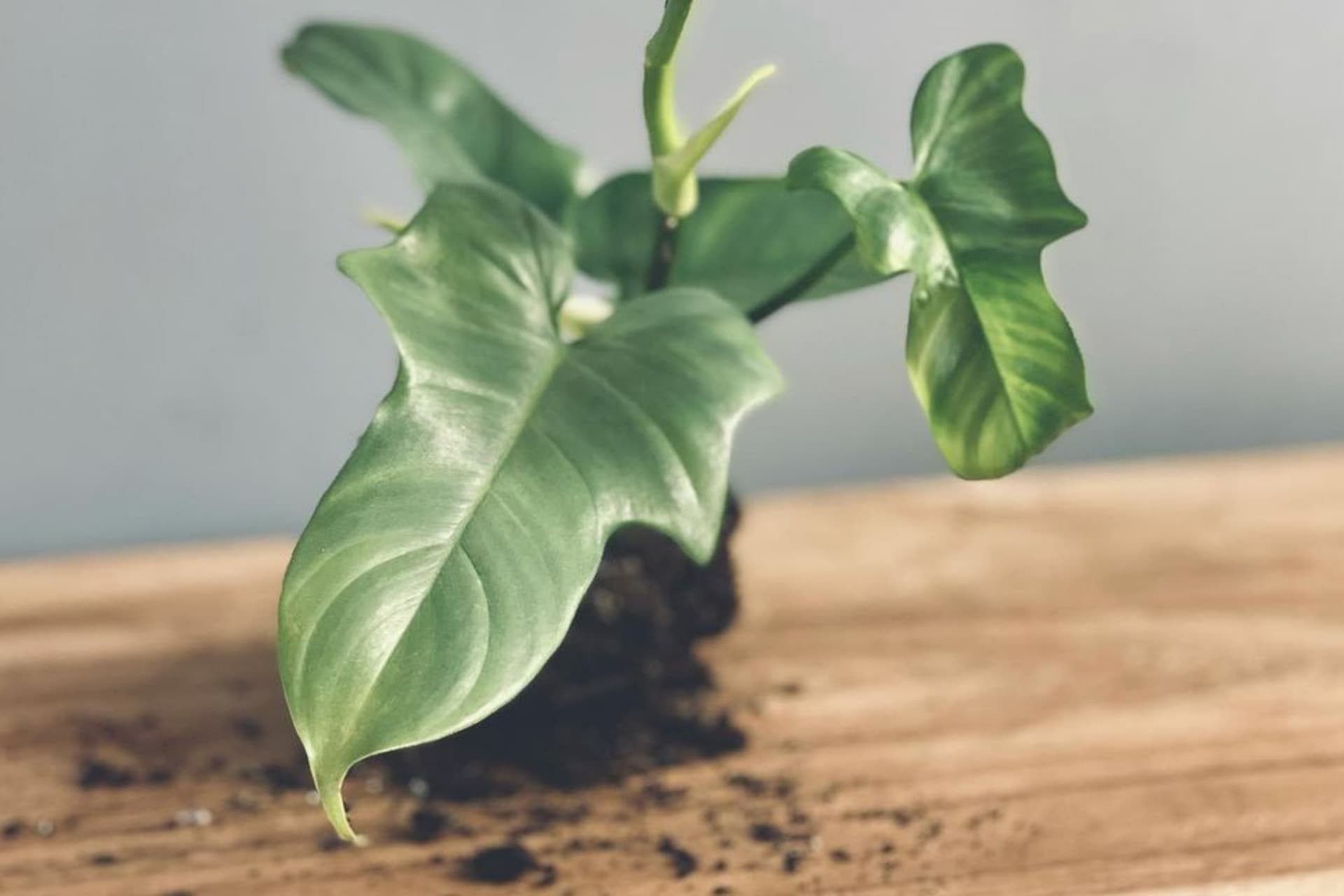
and Red Princess (Philodendron, also known as Blushing Philodendron, Imperial Red Philodendron, or Red-Leaf Philodendron.)

Is Philodendron Toxic to Cats?
So, is Philodendron toxic to cats? The answer is yes, and all parts of the plant are poisonous with moderate severity. Great, but how will the plant poison my pet?
Calcium Oxalate Crystals
The most dangerous thing that a pet parent should know is that Philodendrons contain insoluble calcium oxalates. The truth is that calcium oxalate crystals are the same component in human kidney stones.
You notice the calcium oxalate crystals appearing as needles on the plant’s leaves, stems, and other decorative focal points. The insoluble calcium oxalate crystals come from cells known as idioblasts that form clusters (raphides) within the plant tissue to defend themselves from herbivory.
As our kittens, older cats, and dogs love to chew on plant foliage, the crystals get stuck in the oral cavity of pets, resulting in severe pain.
Clinical Signs of Philodendron Poisoning in Cats
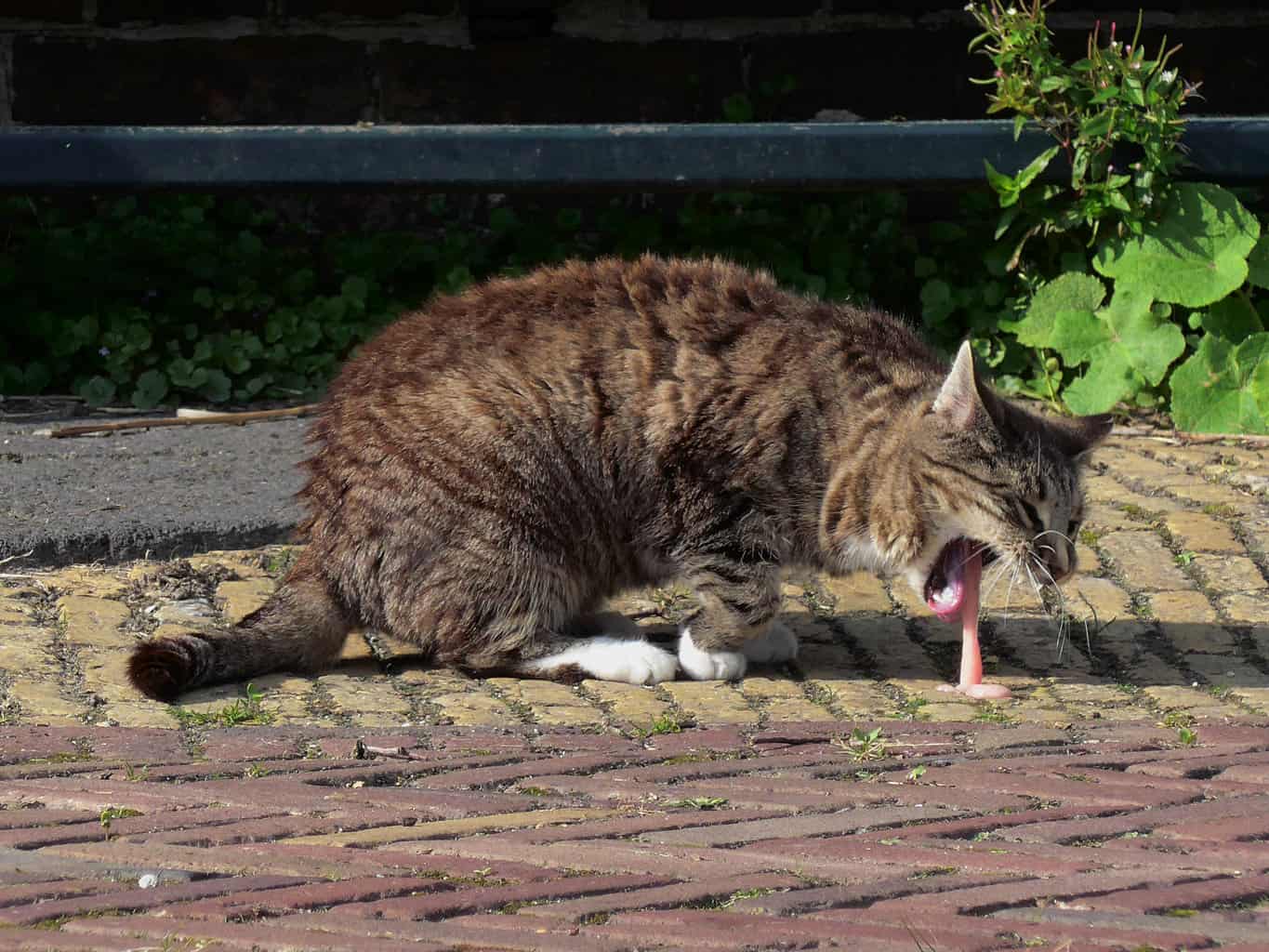
Suppose you already have the plant growing indoors and wonder if Philodendron ingestion occurred. Some symptoms can show if your cat has ingested calcium-containing plant parts.
Most of the time, your pet will stop chewing as soon as it gets the bitter taste with acute pain. Hence, cat owners will notice the following taking place:
The first symptom is a severe burning sensation creating agitation and pawing to the face, mouth, tongue, and lips.
You will notice drooling, foaming, and coughing as well.
There might also be clinical signs of trouble swallowing or even choking.
The last is a significant sign that your cat ingested large amounts of toxic plants. Again, we recommend calling the pet poison helpline or getting your cat to the doctor for veterinary treatment.
Severe quantities of the plant can lead to respiratory problems, oral irritation in the upper airway, to abdominal pain with intense burning, resulting in gastrointestinal tract problems. Or your pet can experience gastrointestinal upset.
If this is the case, get to the vet immediately for veterinary guidance. Never hesitate to ask for veterinary advice, even with mild symptoms.
How Can I Treat Philodendron Poisoning in Cats?
You can rinse the cat’s mouth with milk or even water if you notice excessive drooling. Rinsing is a veterinary treatment when a cat ingests insoluble calcium oxalate crystals. The Philodendron toxicity can vary depending on how much your pet ate.
The clinical signs also fade away without long-term effects in 24 hours. Still, as a pet parent, if you notice your cat has difficulty swallowing or skin irritation, we recommend visiting your vet even after the symptoms subside for a checkup.
Treatment and Prognosis
If you have contacted the vet, they will recommend calcium-containing products like DVM360. The DVM360 will help reduce the pain caused by the insoluble calcium oxalates.
When you visit the vet, they will ask about your pet’s grazing if you did not observe what they ate. The vet can do a blood count with a biochemistry profile and urine analysis to find out what is causing the difficulty swallowing.
Flushing the mouth, tongue, and lips with cold water helps. The vet may prescribe pain relievers or even antihistamines. Furthermore, an intravenous fluid treatment will be done to prevent dehydration, and your cat might get an intramuscular injection.
Your pet might also get gastroprotective meds to ease stomach irritation, and the cat will be kept overnight for observation until the airway swelling subsides.
To be safe, here’s a list of plants that are safe around cats.
In stock In stock (can be backordered) Only 1 left in stock In stock
$10.00
Sold By:
Cacti and Exotica
Echinopsis chamaecereus—Peanut Cactus
Rated 4.98 out of 5 based on 59 customer ratings00
Sold By:
Cacti and Exotica
Free Shipping
$30.99
Sold By:
Gar-Zen Botanical Design
Heliconia rostrata Lobster Claw Plant Ships Free.
Only 9 available and it’s in 1 people’s basket Rated 4.86 out of 5 based on 49 customer ratings00
Sold By:
Gar-Zen Botanical Design
Free Shipping
$345.29
Sold By:
BONSAI WORLD LLC
Hawaiian Umbrella Bonsai Tree Banyan Style (arboricola schfflera)
Sold By:
BONSAI WORLD LLC
$44.99
Sold By:
Succulent Oasis
Medium Succulent Plant – Star Aloe ‘Tarantula’ Hybrid. An extremely rare and very limited Aloe.
Rated 4.84 out of 5 based on 352 customer ratings06
Sold By:
Succulent Oasis
Other Toxic Plants To Avoid In The Home
So, to answer again, is Philodendron toxic to cats? Yes, it is, but other plants also have toxic principles with a poisonous substance that is unsafe for humans and pets. Hence, avoiding toxic plants like those here is best if you care about your animals.
Peace Lily

The lilies like Peace Lily, Tiger Lily, and Calla Lily are toxic to cats and dogs. All parts of the plant are toxic to cats and can cause vomiting, stomach pain, kidney damage, kidney failure, to diarrhea.
Rubber Tree
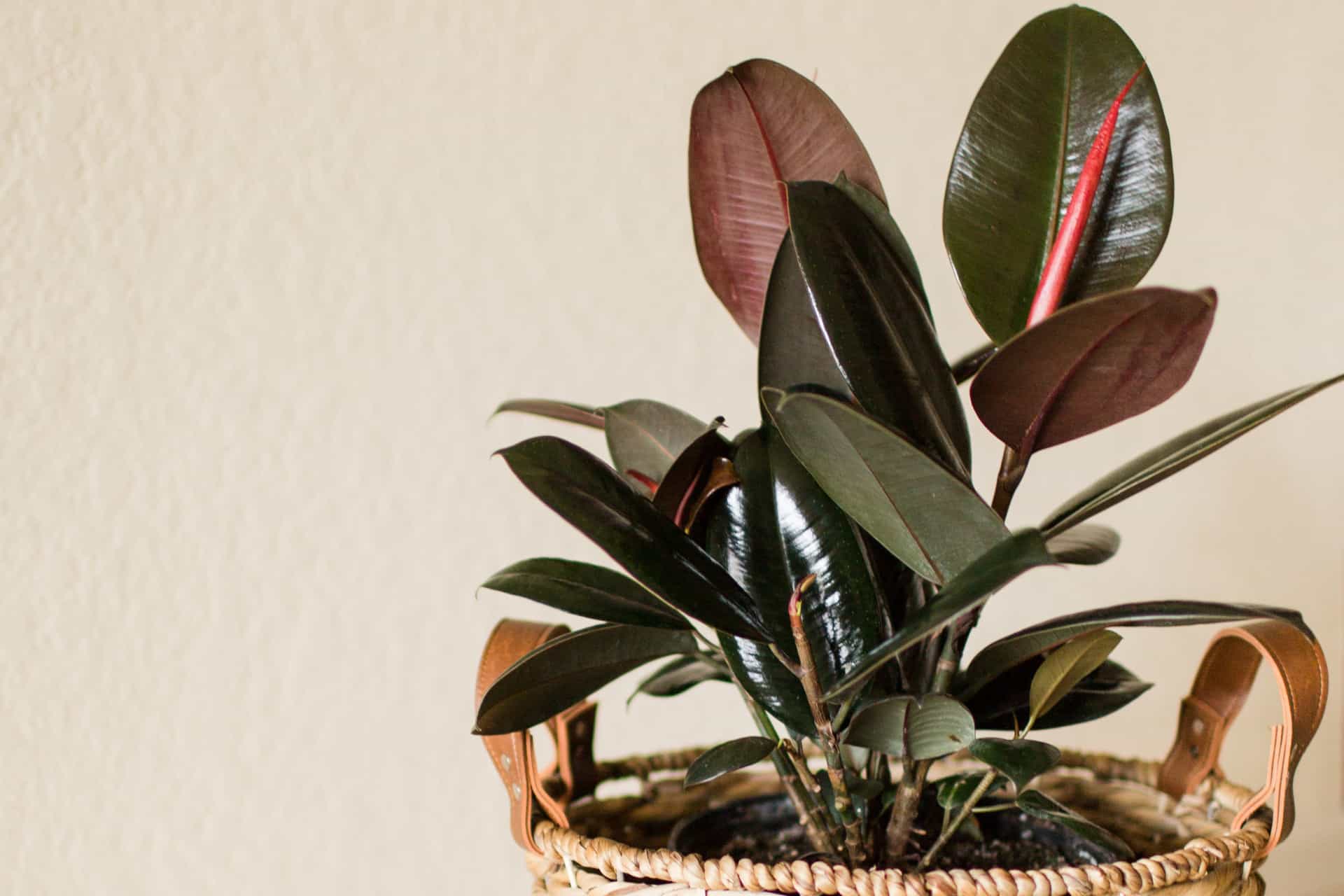
Yes, even rubber trees such as the Jade Rubber Plant and Indian Rubber Tree are toxic. The soluble oxalates cause drooling, depression, decreased appetite, and skin irritation.
Umbrella Plant

Every part of the umbrella plant is toxic to cats and dogs. The sap also contains calcium oxalate, which results in skin aggravation and a rash.
In stock In stock In stock In stock
$4.89
Sold By:
Cacti and Exotica
Cactiandexotica Cereus forbesii | Ming thing | 2″ Pot
Rated 4.98 out of 5 based on 59 customer ratings00
Sold By:
Cacti and Exotica
Free Shipping
$35.95 – $40.95
Sold By:
A&K Plants
Peperomia Prostrata ‘String of Turtles’ | 4-inch pot
Only 11 available and it’s in 1 people’s basket Rated 4.95 out of 5 based on 66 customer ratings00
Sold By:
A&K Plants
$40.00
Sold By:
NEEPA HUT
6″ Rattlesnake + PStriped Noir Basket Planter
Rated 4.99 out of 5 based on 221 customer ratings06
Sold By:
NEEPA HUT
$12.00
Sold By:
Cacti and Exotica
Mammillaria senilis
Rated 4.98 out of 5 based on 59 customer ratings00
Sold By:
Cacti and Exotica
Fiddle Leaf Fig Tree
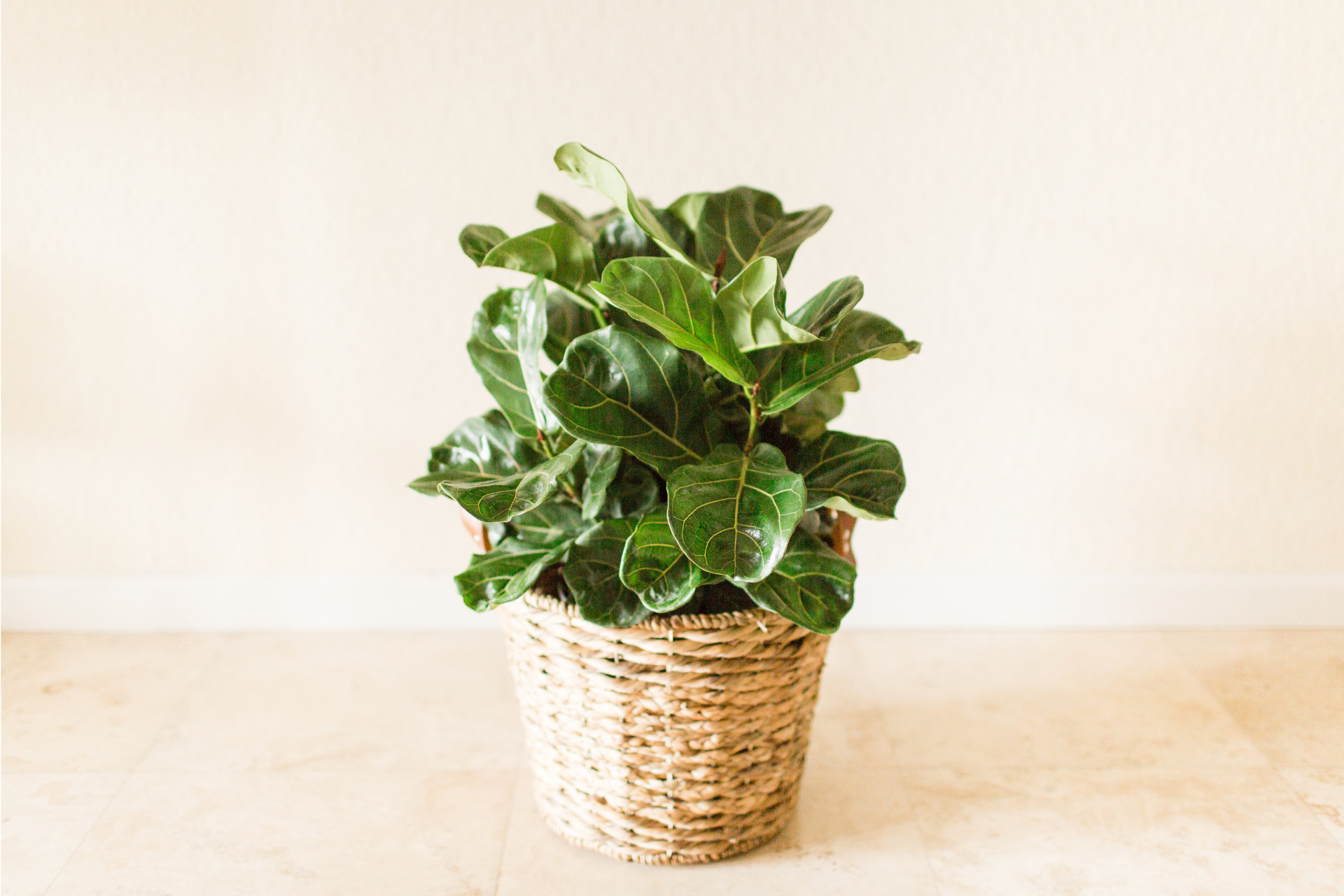
Okay, you are thinking of the Split Leaf Philodendron. No, we are looking at the highly toxic Fiddle Leaf Tree that is not part of the Philodendron family. The Ficus lyrata leaves can cause painful symptoms in cats and dogs.
Swiss Cheese Plant

Many people confuse the Swiss Cheese plant, thinking it belongs to the Philodendron genus. The truth is that it is a Monstera adansonii belonging to the Araceae family. It is a common indoor plant and very toxic to cats.
Conclusion
There are many plants considered toxic to cats and dogs. Yet, these are a few common indoor plants found in most homes. If you want to keep these plants, we recommend placing them up high, not in reach of your furry friends.
You can check out our other article about plants that are safe around pets for philodendron cat stigma around your pets. These plants are highly toxic, and if you notice any of the symptoms above in your pet, we recommend contacting the pet poison helpline for advice.
Whether you want to buy, sell or simply reach out to other plant enthusiasts, Plantly is the right place to be!
In stock In stock Only 1 left in stock In stock
Free Shipping
$39.99
Sold By:
California Tropicals
Hoya Kerrii Variegated 3+Leaves– 4″ from California Tropicals
Only 35 available and it’s in 1 people’s basket Rated 4.96 out of 5 based on 25 customer ratings04
Sold By:
California Tropicals
Free Shipping
$8.00
Sold By:
Chill Hill Farms
Philippine Lily | 100+ Seeds | Lilium Philippinese | Florida Grown
Sold By:
Chill Hill Farms
Free Shipping
$249.59
Sold By:
BONSAI WORLD LLC
Chinese Flowering White Serissa Bonsai Tree of a Thousand Stars
Sold By:
BONSAI WORLD LLC
$29.99
Sold By:
Succulent Oasis
Large Madagascar Palm | A very unique and beautiful cactus
Rated 4.84 out of 5 based on 352 customer ratings00
Sold By:
Succulent Oasis
